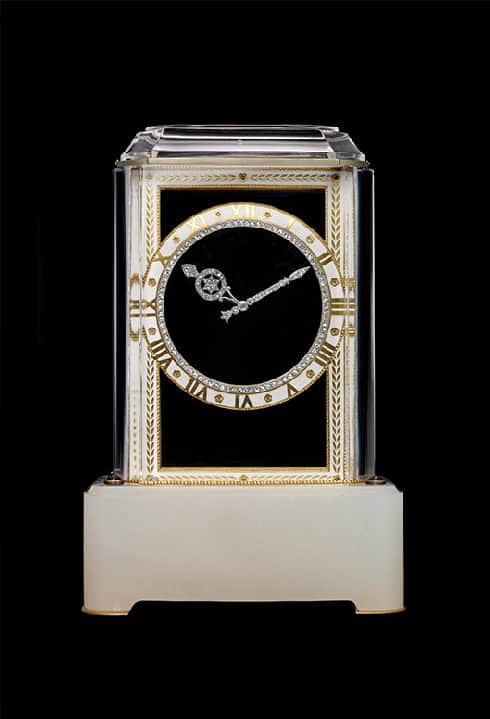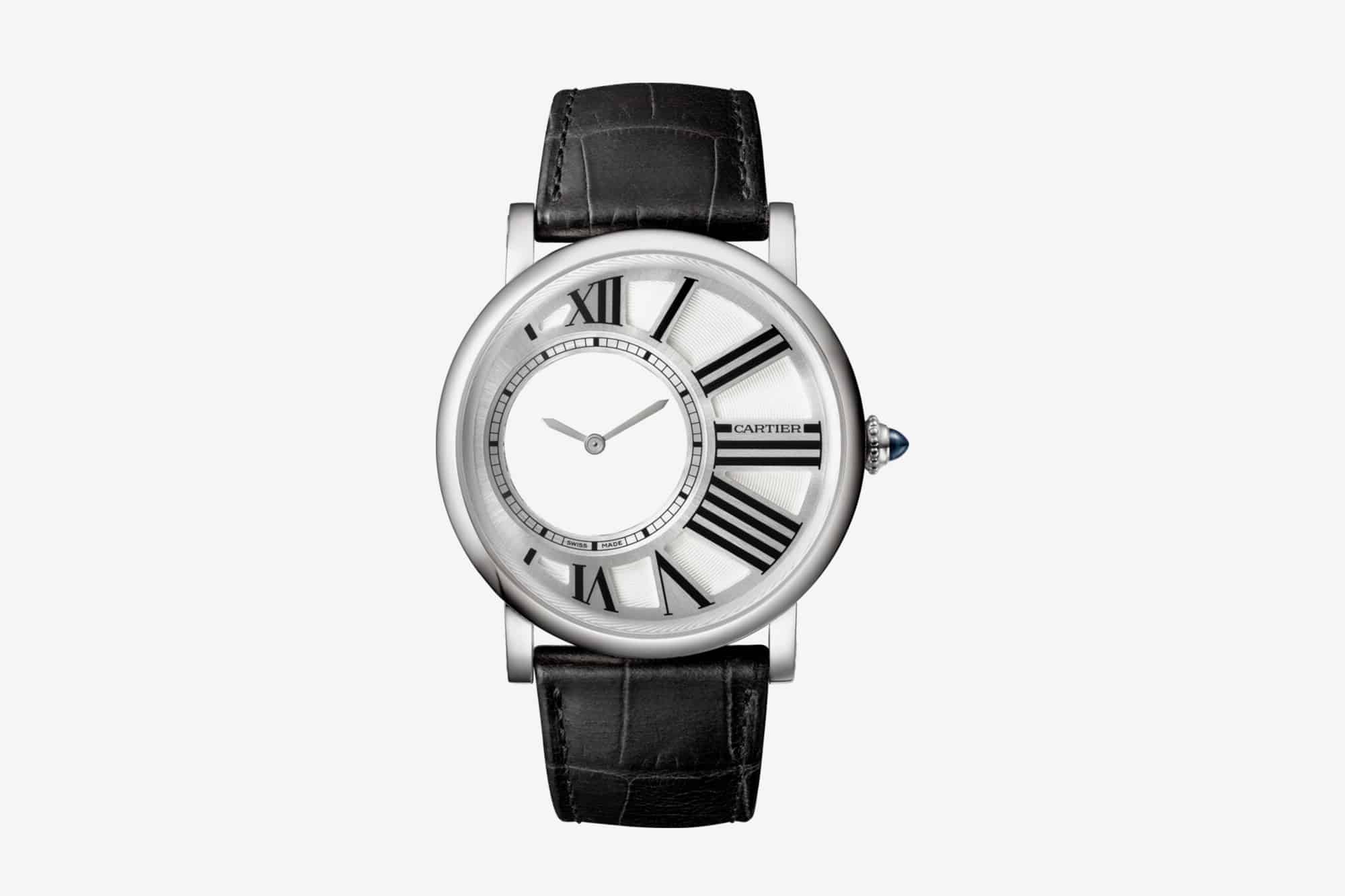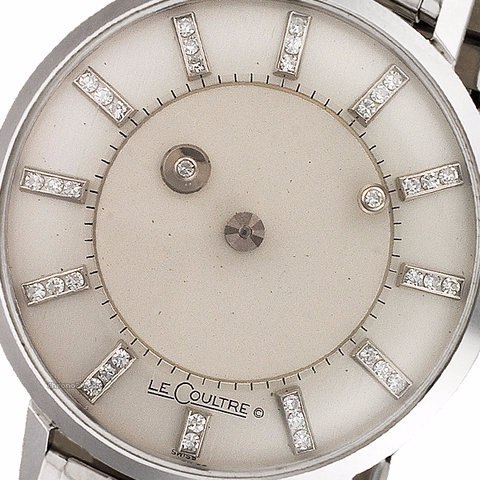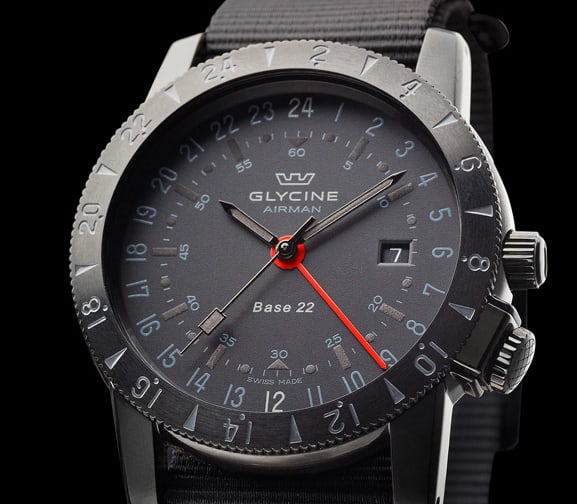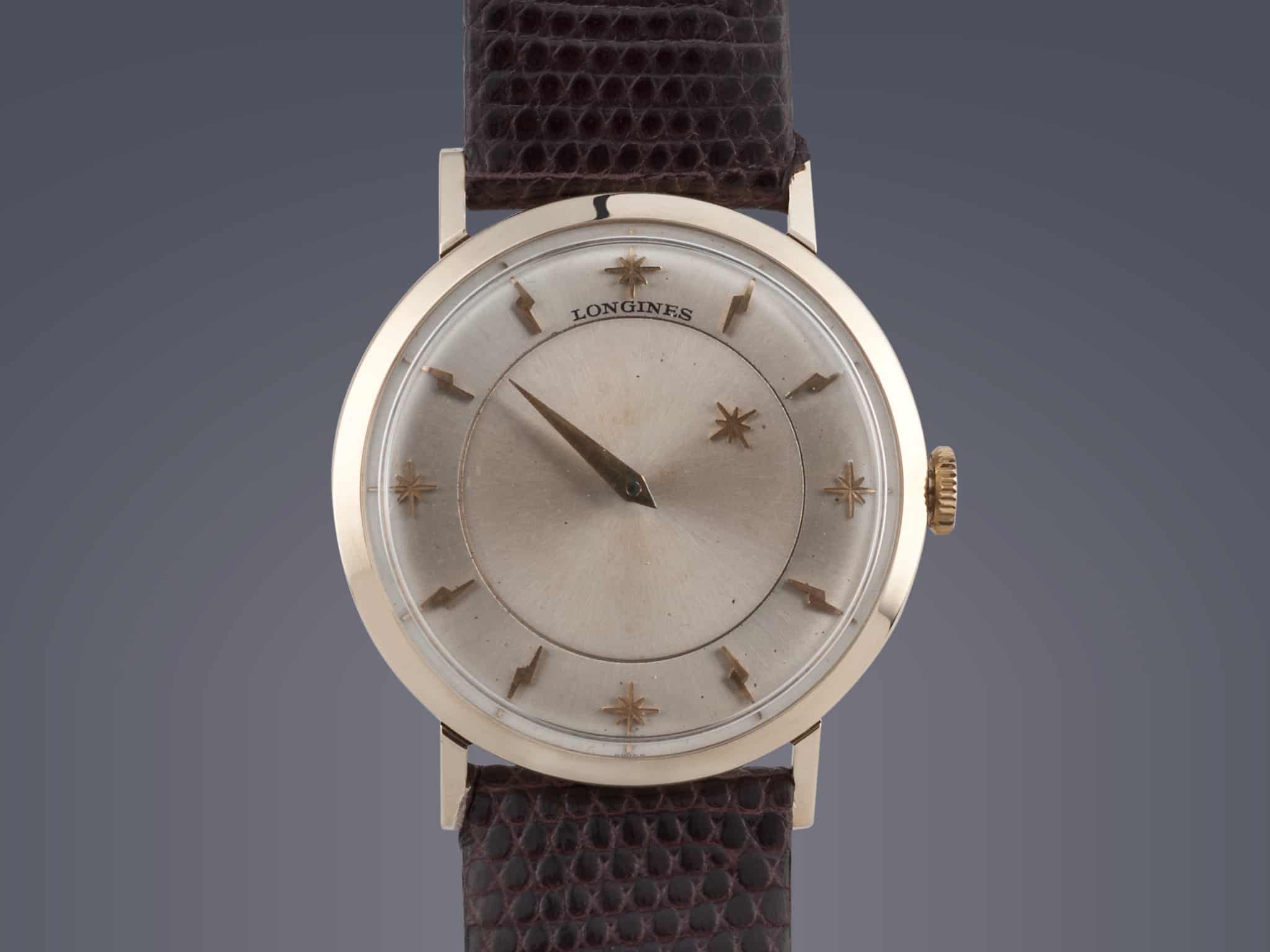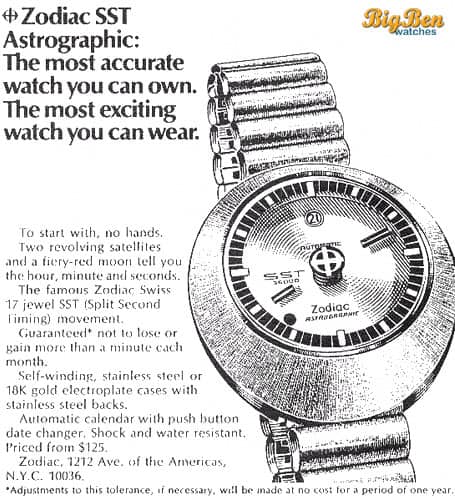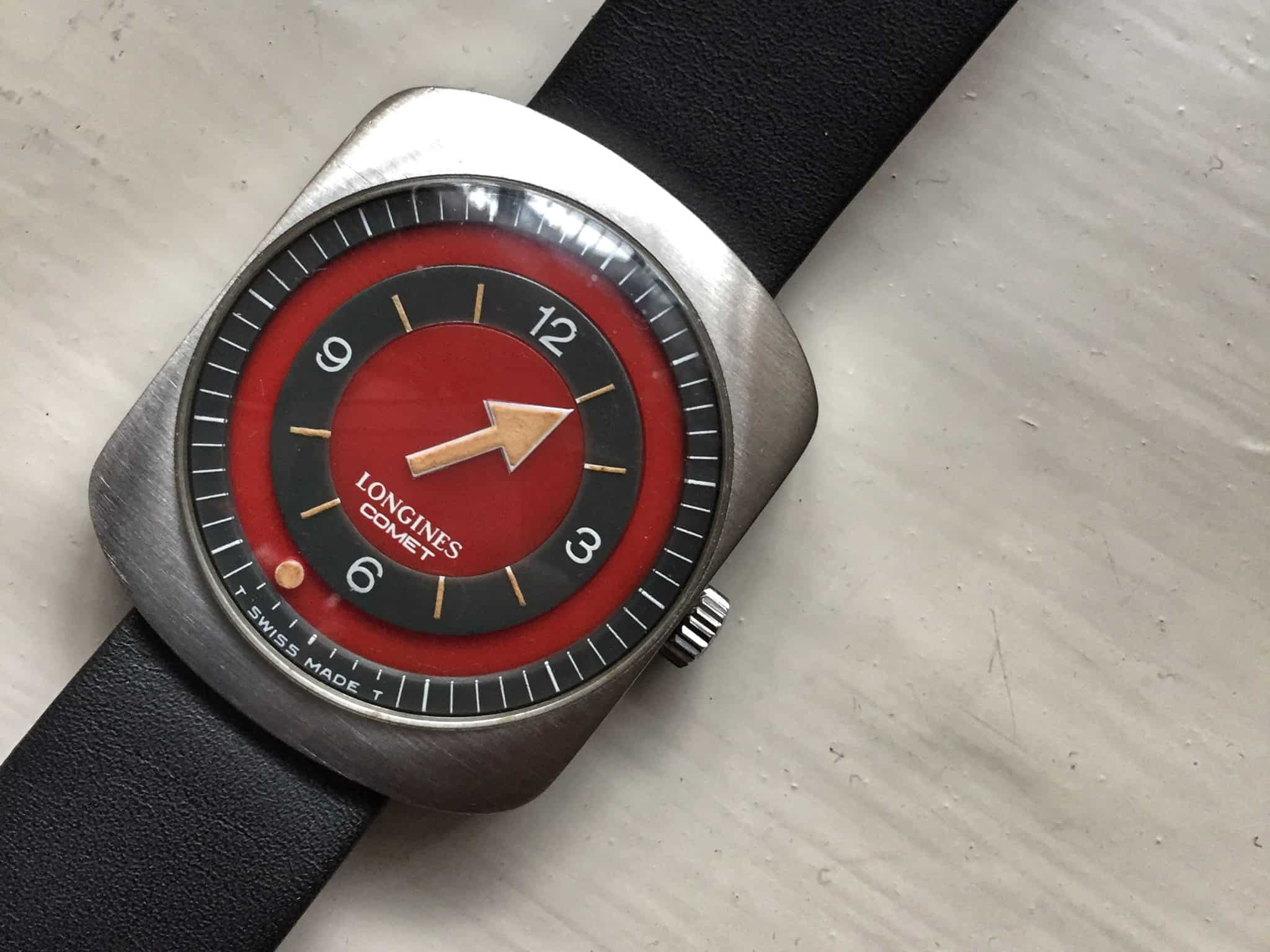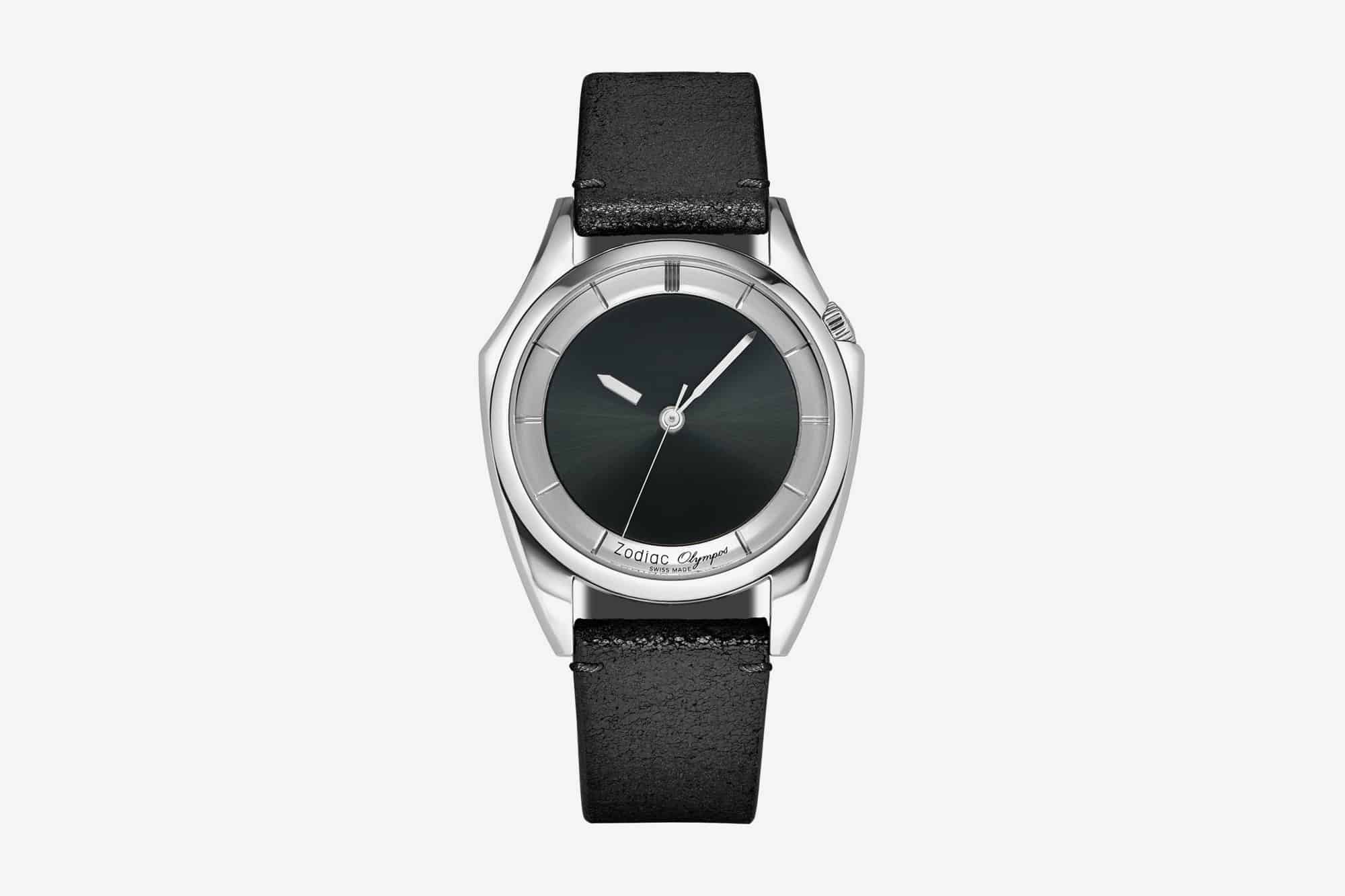Allow me to begin with an admission; a mystery dial isn’t really a complication. That is to say there isn’t any extra functionality or information being added to a watch that features a mystery display. However, it’s not an unimpactful embellishment either. A mystery dial is a visual and modest structural change made for visual appeal and autotelic charm; an interesting look for the sake of, well, looking interesting. Thankfully, and for the most part, any observable changes aren’t offset by a more troublesome time-telling experience. In many cases, the watch is just as easy to read, but let the gaze linger for a second or two longer you can be won over by the secret hiding within the dial.
A fairly quick and dirty definition of a mystery dial is pretty much all that can be offered. There are no real rules, boundaries or technicalities that must be satisfied. A mystery dial is simply one that gives forth a sense of mystery about how it works. The very first mystery clocks gave no clues about how the hands seemed to float in mid-air while moving about and keeping time. The level of “secrecy” has been watered down over time in favor of simply using the same basic technique to create an offbeat timepiece.
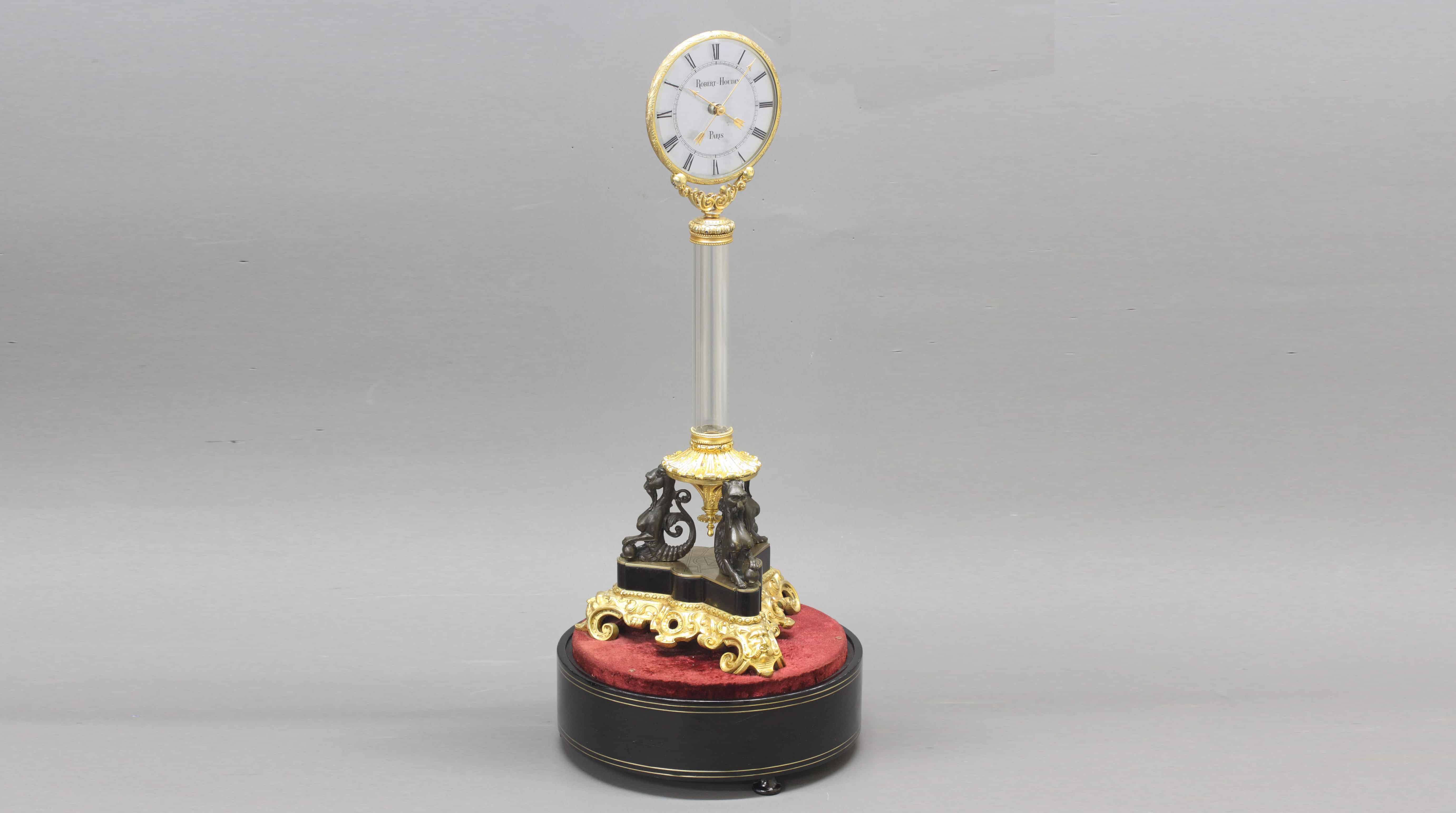
Way back in 1839, stage magician Jean-Eugène Robert-Houdin—himself an inspiration for a young Erik Weisz, who would later adopt the stage name, “Harry Houdini”—hit upon the idea of a mystery clock and began using it in his shows. A magician making significant changes to the inner workings of a clock isn’t as outlandish as it may sound—Robert-Houdin formerly trained as a watchmaker.









 Featured Videos
Featured Videos





